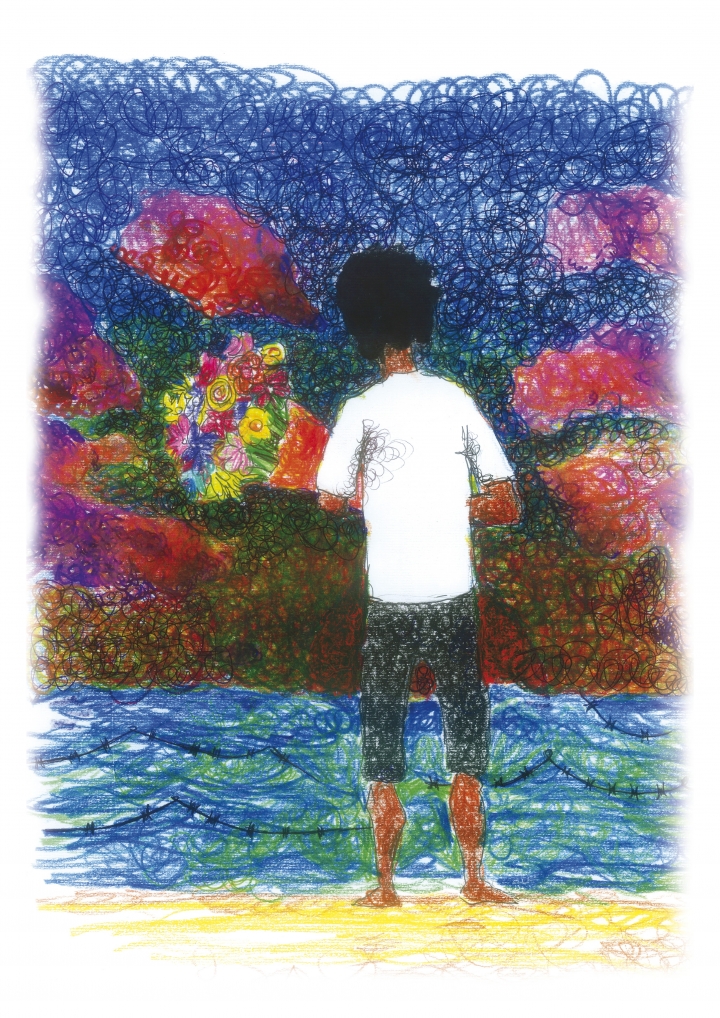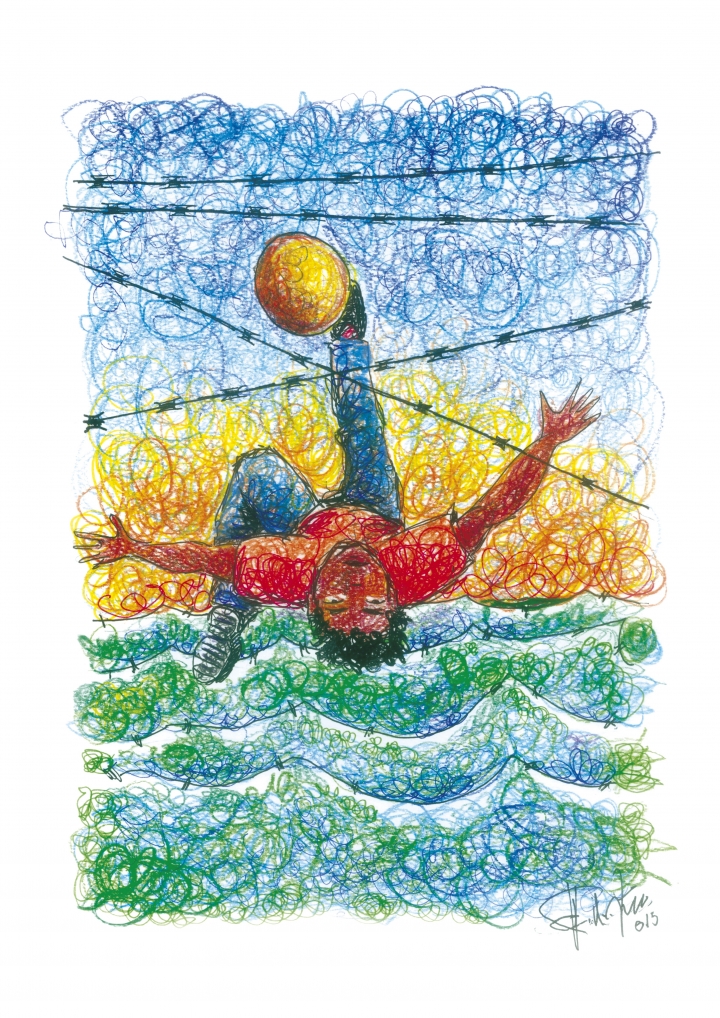
Read: Leviticus 17:11 and Hebrews 9:11-14
For the life of the flesh is in the blood; and I have given it to you for making atonement for your lives on the altar; for, as life, it is the blood that makes atonement. (Lev. 17:11, NRSV).
But when Christ came as a high priest of the good things that have come, then through the greater and perfect tent (not made with hands, that is, not of this creation), he entered once for all into the Holy Place, not with the blood of goats and calves, but with his own blood, thus obtaining eternal redemption (Hebrews 9:11-12, NRSV).
Sing (or don’t): “There Is a Fountain Filled with Blood” by William Cowper (1772)
I was visiting my home church with my kids when they were about seven and nine. When the congregation launched into “There is a Fountain Filled with Blood,” they both leaned around their grandparents and looked at me with horror. I can still see them mouthing the word, “WHAT????”
Here is the first verse of the hymn they found so offensive:
There is a fountain filled with blood
Drawn from Immanuel’s veins;
And sinners, plunged beneath that flood,
Lose all their guilty stains:
Lose all their guilty stains,
Lose all their guilty stains;
And sinners, plunged beneath that flood,
Lose all their guilty stains.
During the obligatory debriefing session after church, I realized a couple of things. First, I realized that from their perspective, the image of being plunged into a fountain of blood was a bad thing. In fact, it sounded suspiciously like the horror movies I wouldn’t let them watch. Second, I realized that I had become numb to such imagery. Some of this was surely due to being trained as an Old Testament professor. Blood atonement imagery is part of my stock in trade. That in combination with decades of singing traditional “blood hymns” (see also “Power in the Blood” and “Nothing but the Blood of Jesus”), had desensitized me to the shock value of such lyrics.
While one could argue that the shock value is part of the point, I wonder if it might be time to reevaluate using hymn texts like these. While there is plenty of biblical support for such imagery, the reaction of my kids illustrates that these lyrics just don’t land as well as they used to.
There are all sorts of examples of this, and biblical scholars spend a lot of time explaining them to unsuspecting students and congregations. For instance, it’s hard to explain why being covered with “a multitude of camels” is a good thing (see Isaiah 60:6). Newer translations have saved us from having to explain why Paul tells the Philippians that he longs for them all “in the bowels of Jesus Christ” (Philippians 1:8, KJV).
Yes—I can hear you all saying, “WHAT????”
To state the obvious, metaphors don’t always move easily across the centuries. And while these “blood hymns” aren’t precisely heretical, they have lost a lot of their ability to communicate the grace and good news of the gospel. To put it bluntly, there may be less “power in the blood” these days—at least in symbolic terms.
Ponder:
- What are the pros and cons of singing these traditional “blood hymns”? Here is a link to the full text of “There Is a Fountain Filled with Blood.”
- Verse 3 of “There is a Fountain” relies on a “ransom” theory of the atonement. Can you see any theological risks with this? Tune in next week for more about that.
Dear dying Lamb, Thy precious blood
Shall never lose its pow’r,
Till all the ransomed Church of God
Be saved, to sin no more…
Till all the ransomed Church of God
Be saved, to sin no more.
Pray: Help us to find fresh ways to communicate your redeeming love.

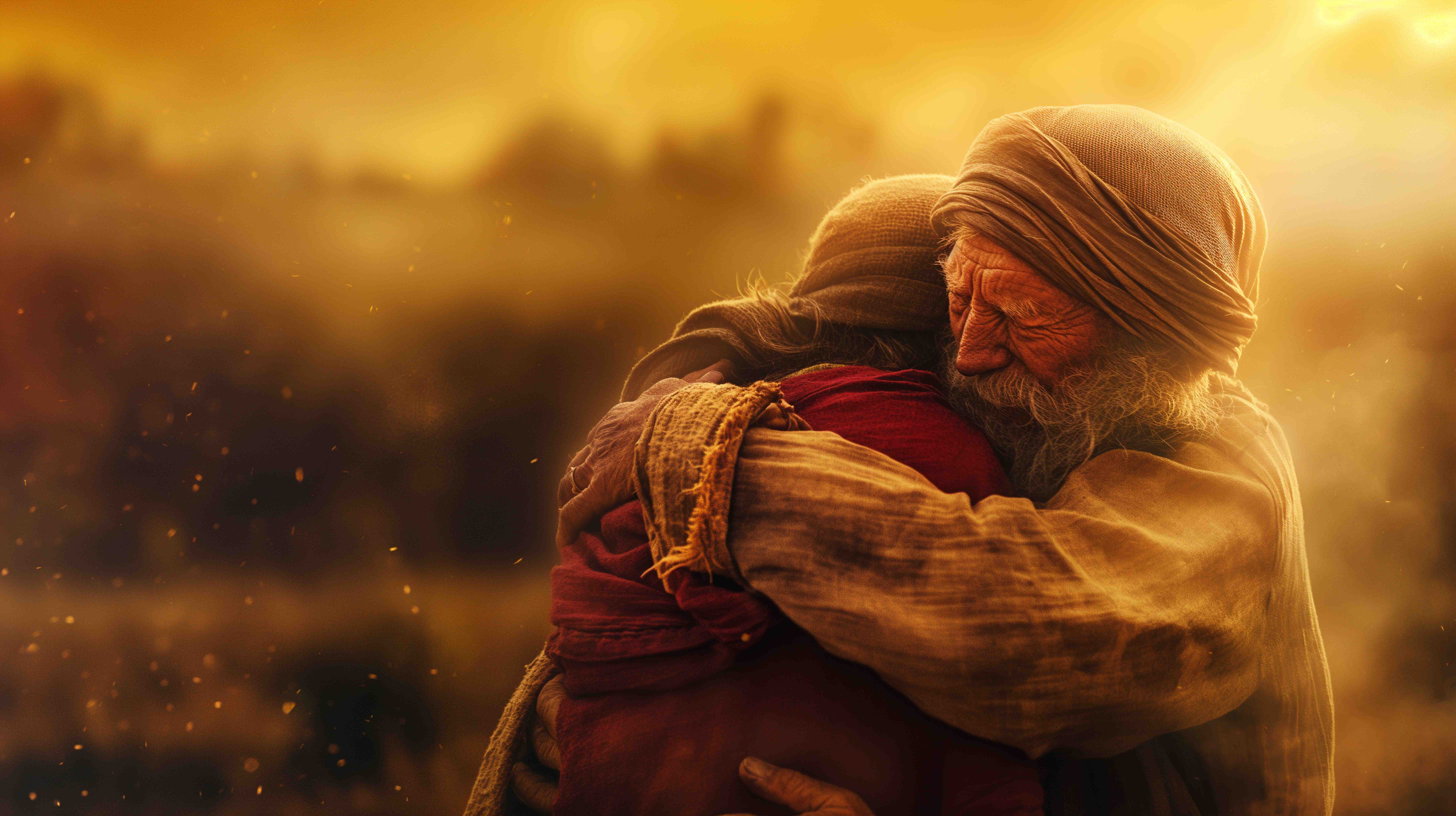
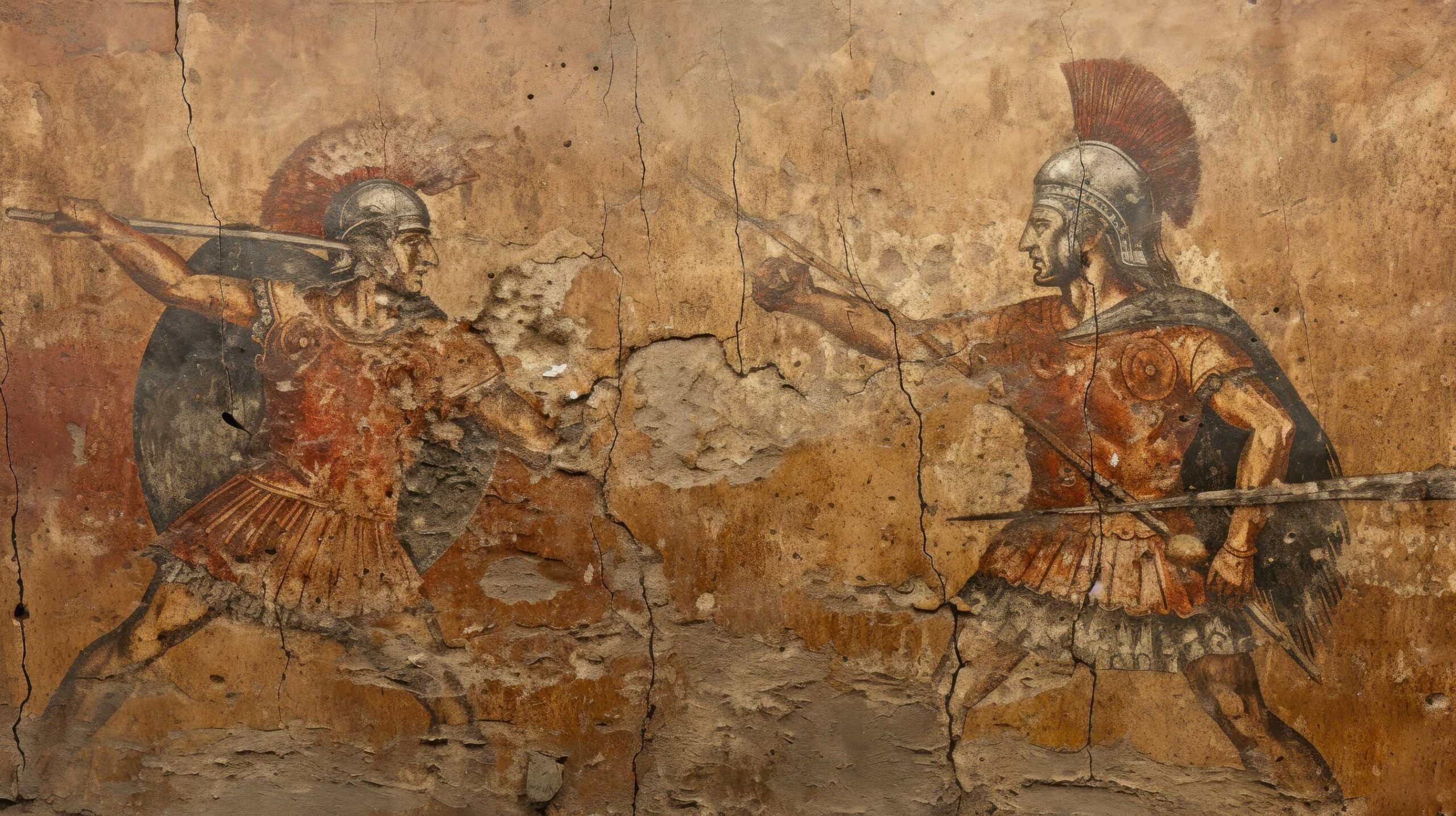

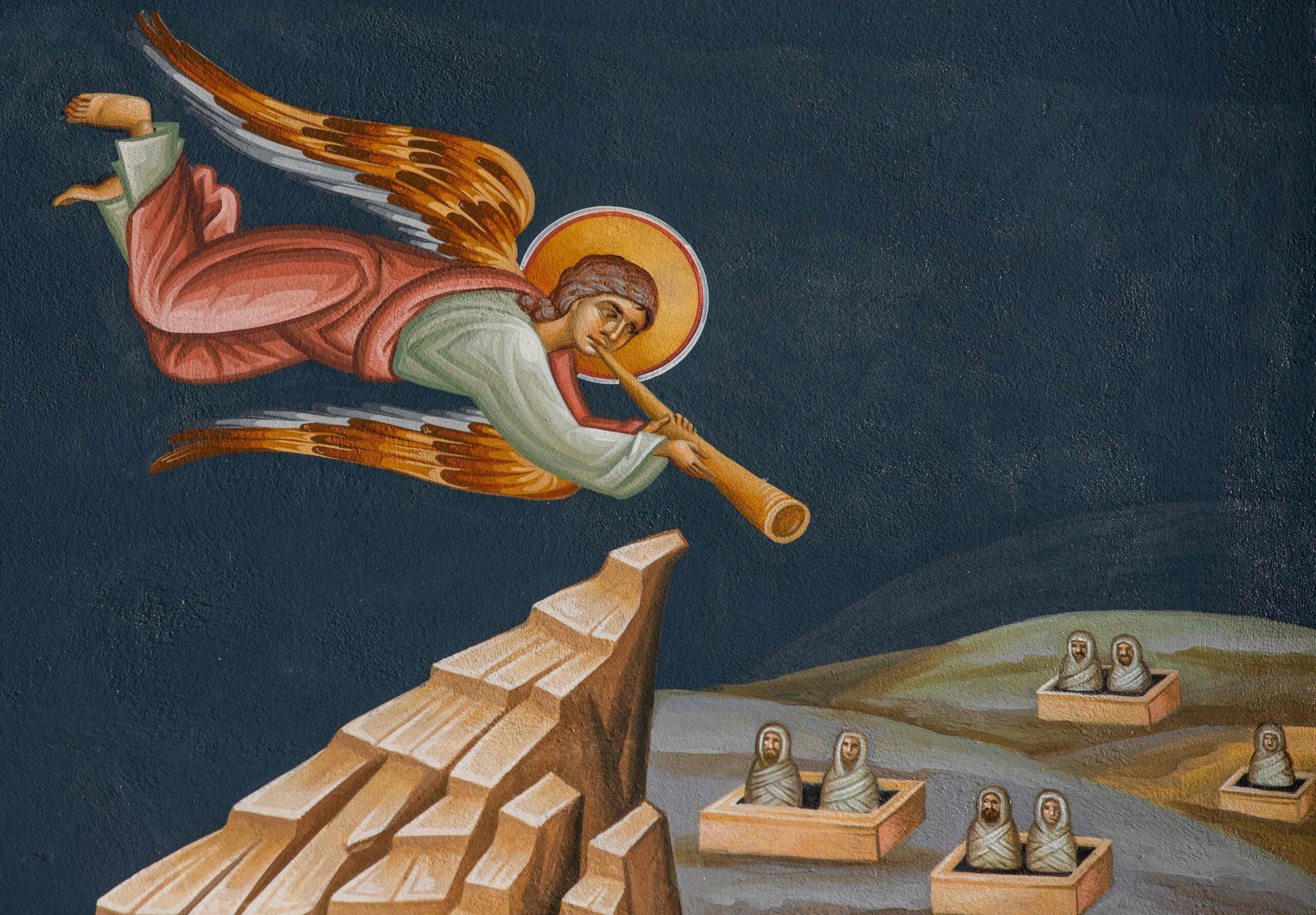

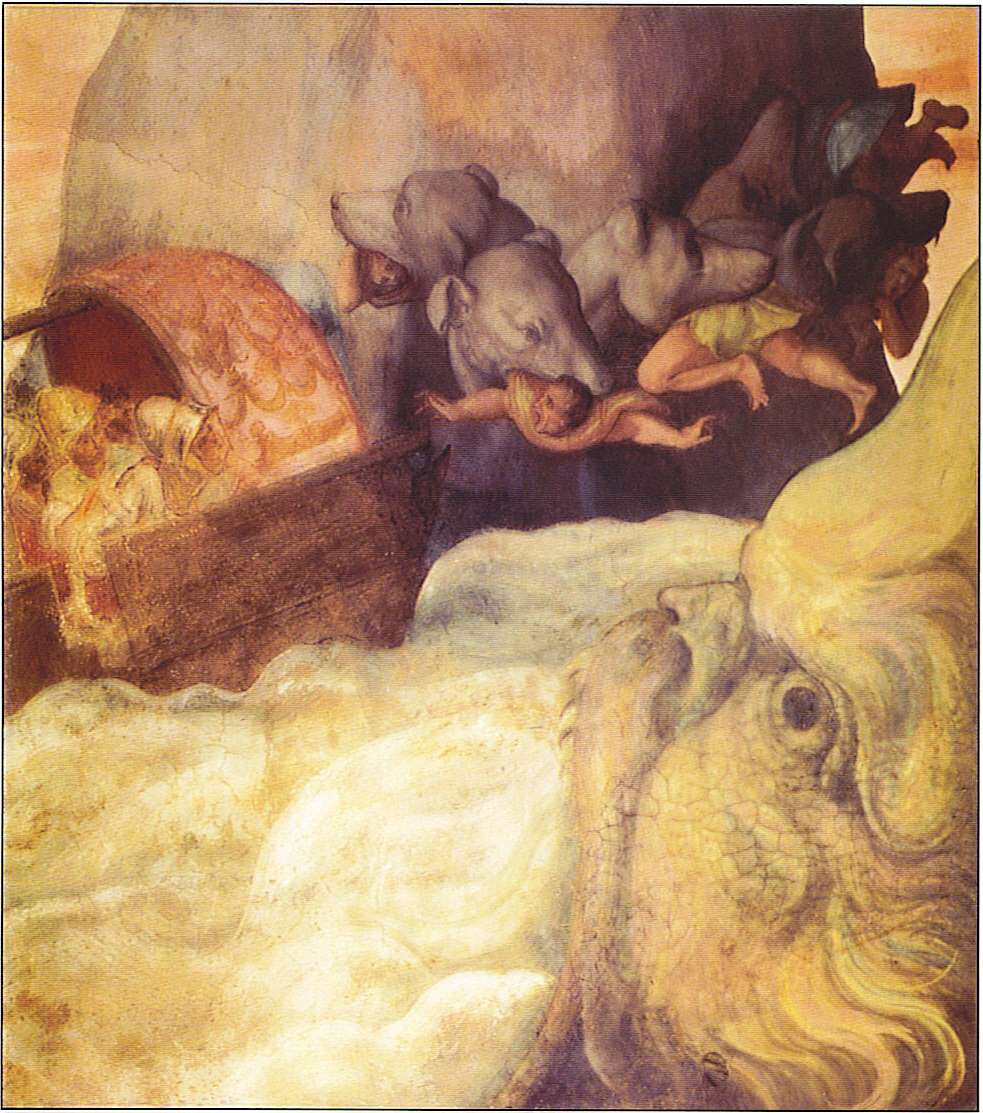
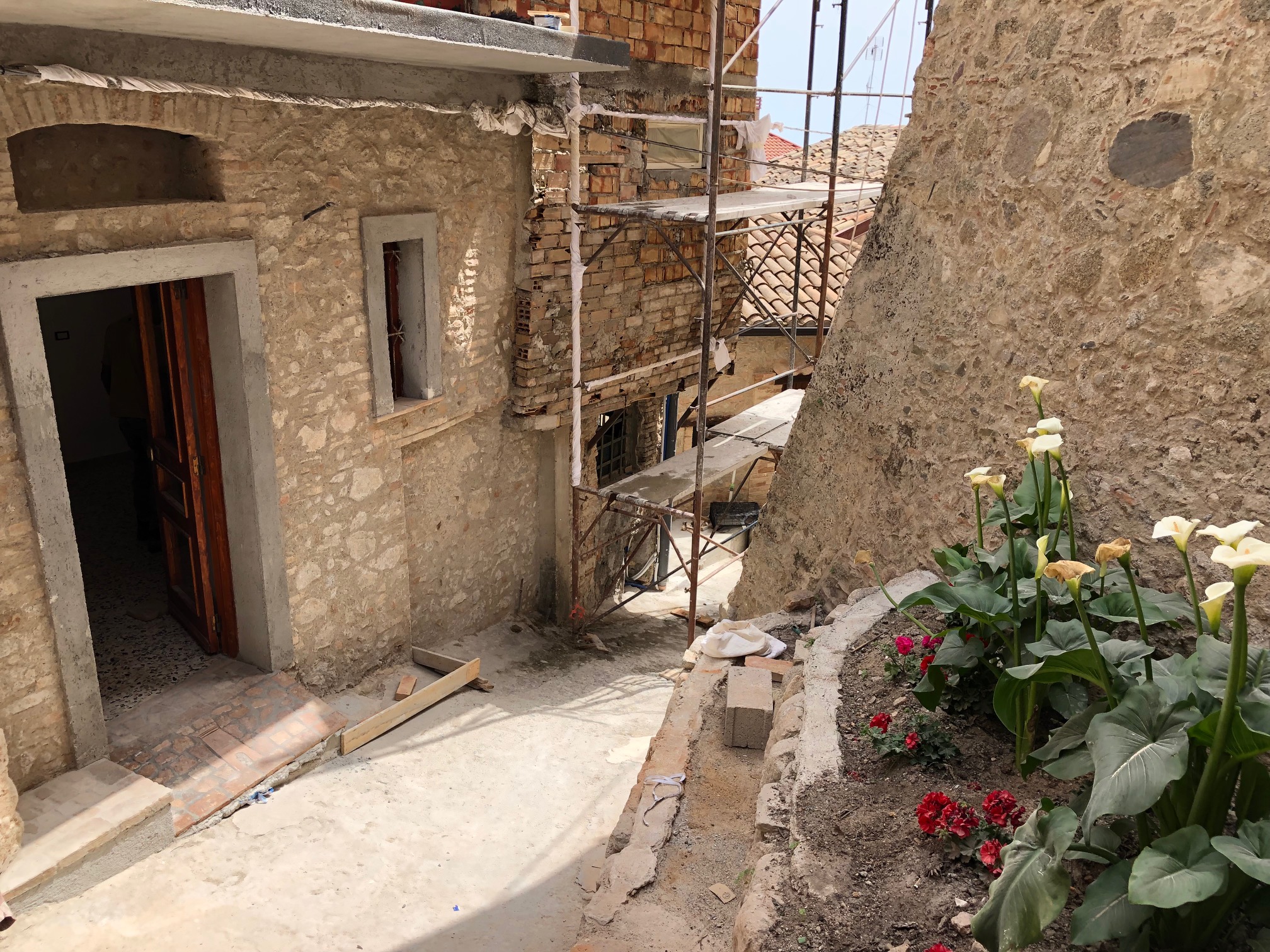
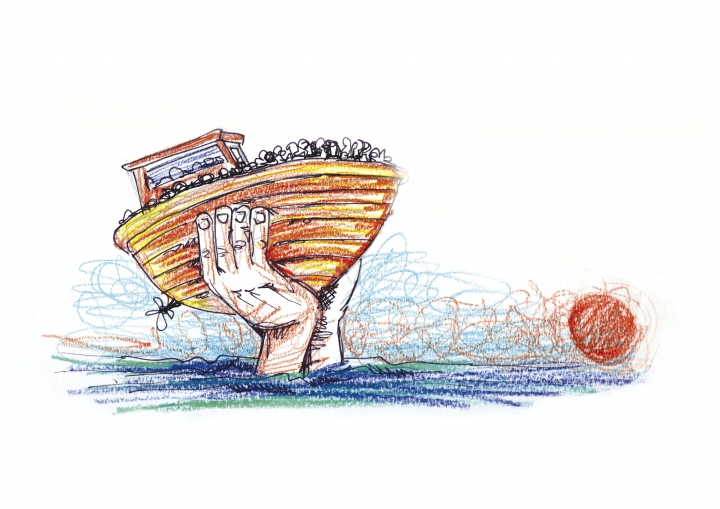
 Prayer: Save me from the soothing sin of the empty cultic deed
Prayer: Save me from the soothing sin of the empty cultic deed